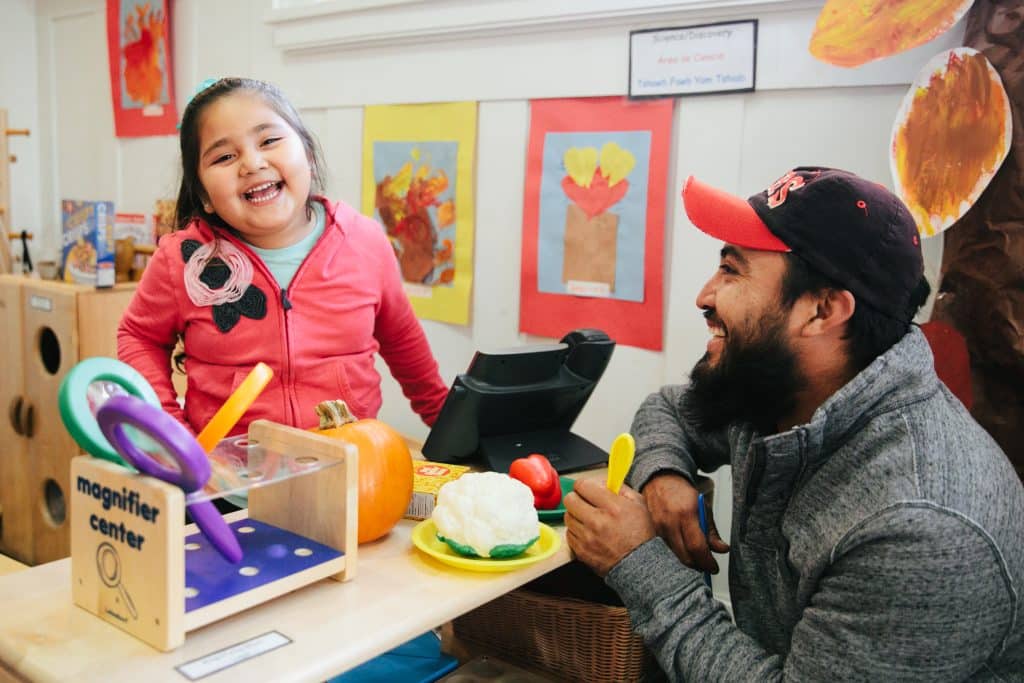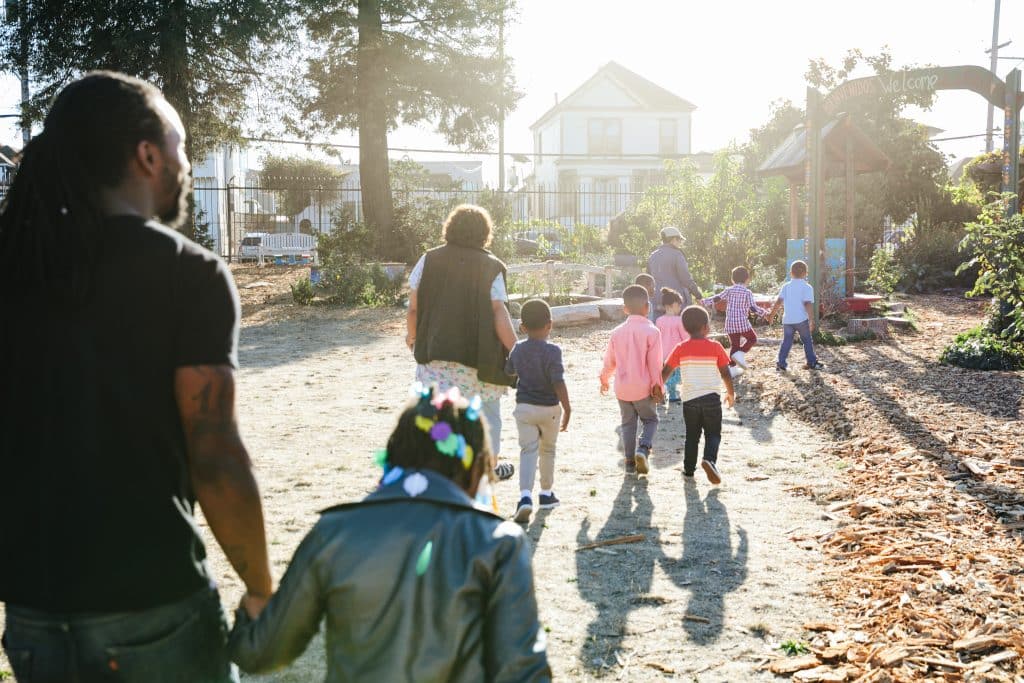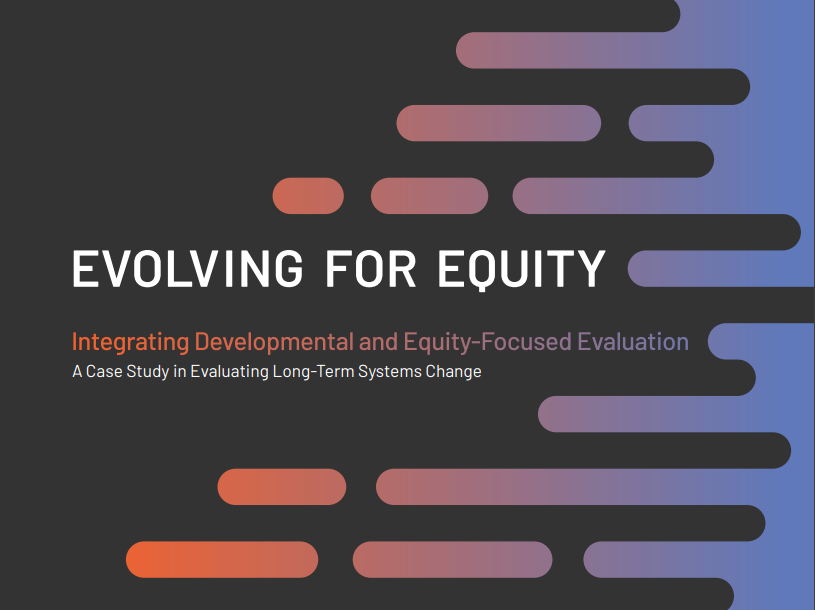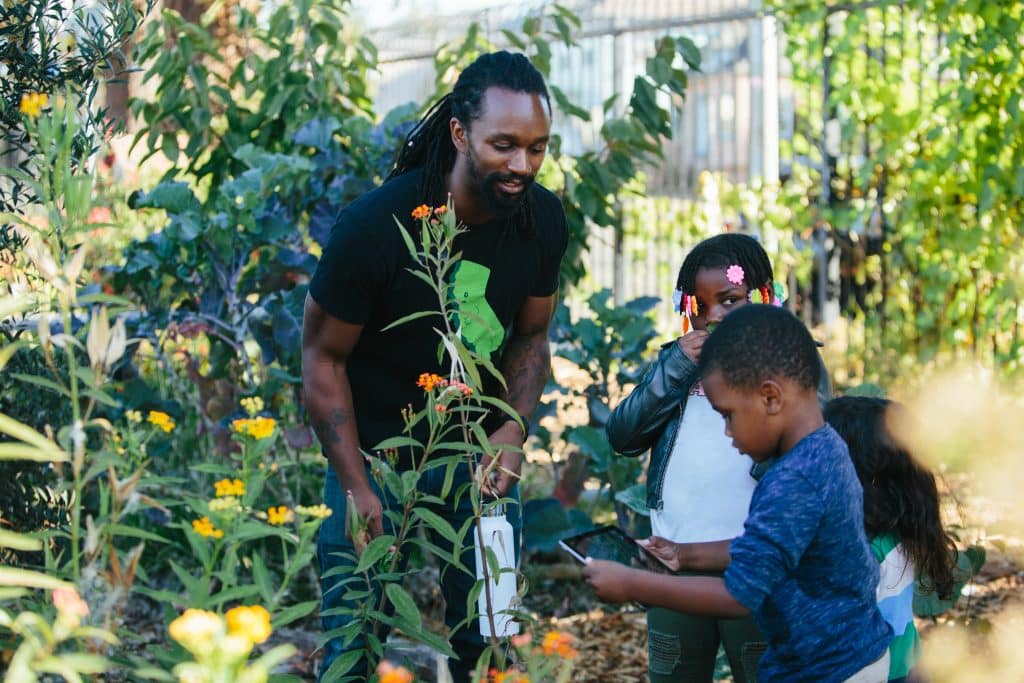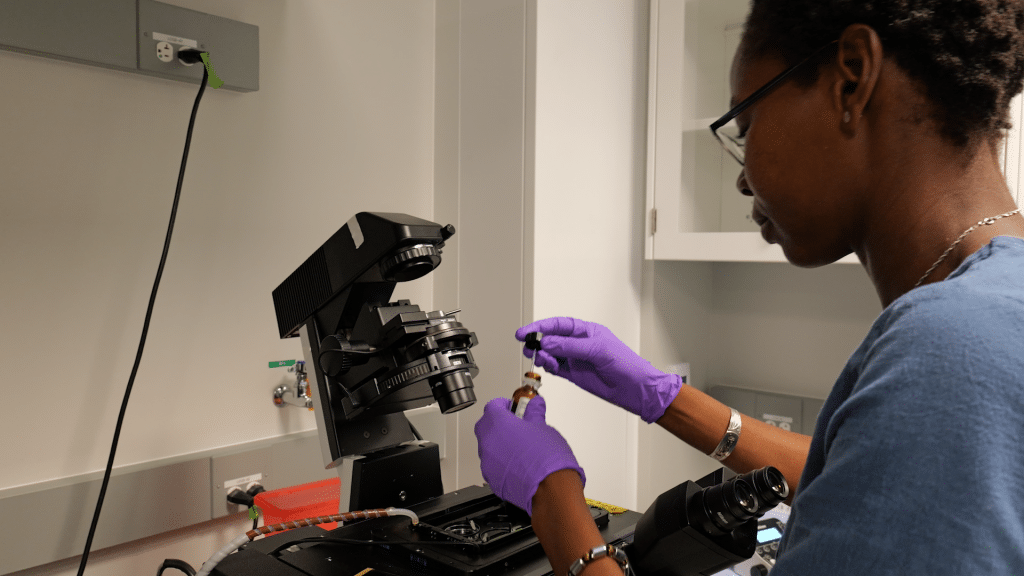An innovative program helps young adults educate their peers about the benefits of delaying marriage and childbirth.
The vibrant Amhara region of Ethiopia is rich in cultural history and tradition. For decades, girls in the region followed tradition and married in their early teens, and as a result, missed opportunities for higher education. Abeba Bello (not her real name), now age 26, was one of those girls.
Unlike many of her peers, however, Abeba was able to postpone motherhood for two years after her marriage, thanks to a peer-to-peer program offered by a local nonprofit organization, the Amhara Development Association (ADA). Established in 1992, ADA is a nongovernmental organization with posts in 165 woredas (as districts are referred to) throughout Amhara. Historically, organizations like ADA concentrated on infrastructure and construction projects, not social issues. But by 2000, ADA shifted its focus to sexual and reproductive health.
Research from the World Bank shows that early marriage often results in early and frequent births, taking their toll both on mothers and on the larger economy by fueling a cycle of illiteracy, poverty, and gender inequality.
Research from the World Bank shows that early marriage often results in early and frequent births, taking their toll both on mothers and on the larger economy by fueling a cycle of illiteracy, poverty, and gender inequality. In 2000, the median age for marriage was 16.4 years in Ethiopia, and 14.5 years in Amhara. ADA wanted to tackle this problem, and needed to find a fresh approach to expand reproductive health education.
Although several organizations were working in the region, most took a top-down approach, distributing information through health clinics or medical professionals. The results were incremental at best. Organizers at ADA wondered whether a bottom-up approach might work better. Real change, they believed, would more likely come from the community itself. Young women and their families might listen more readily to other young people or educators from their own communities. The organizers wondered if community members trained as ambassadors, called Community Extension Workers (CEWs), could better reach these audiences.
The shift would not come easily. Traditional values are deeply held in the region. “Convincing people to openly discuss issues of reproductive health and family planning would be a big lift,” said Yemeserach Belayneh, country advisor for the Population and Reproductive Health Program at the David and Lucile Packard Foundation, which began supporting ADA’s work in 1999.
The challenges were significant. Ethiopia ranked among the bottom five countries globally on gender gaps in education in 2014, according to the World Economic Forum. It ranked in the bottom 15 countries on overall gender equity. It was also the country with the lowest rates of antenatal care coverage and births attended by skilled health personnel, according to the same study.
“We knew we had a lot of work to do to succeed,” said ADA’s Chief Executive Officer, Bisrat Gashawtena, but ADA’s approach of talking with women in the community about delaying childbirth and birth spacing would prove to be a breakthrough for young women and their families in the region.
A New Approach Takes Hold
A first step for ADA was to train CEWs to educate their peers about family planning and reproductive health. They spent a year learning about HIV/AIDS, family planning, contraception, and other reproductive health issues. After the training, they went door to door sharing what they had learned, distributing contraceptives, and providing young mothers with information on child care and birth spacing.
It wasn’t always easy. “Often, community volunteers would have to visit a household multiple times before getting the consent of the woman or the spouse,” Bisrat said. Responses also varied by location, she said, and rural areas were particularly difficult.
Abeba was one of these volunteers, but she also benefited from the program. After she participated in the training and began going house to house as a facilitator, she approached her husband about delaying their first pregnancy.
“I discussed the matter with my husband and started to use a long-acting contraception method,” Abeba said in a 2016 report from ADA. They delayed the birth of their first child for two years. “In the meantime,” she said, “I helped teach my peers about the use of family planning methods. I also spoke to girls and boys about not having children right after they got married. In addition, I talked to a lot of young people who had already had their first birth about how important it was wait a while before they had their second baby.”
When Abeba and her husband finally had their first child, a boy, “…we were more mature and economically better off. Now I plan to wait until my baby becomes stronger before having a second birth,” she said.
When Abeba and her husband finally had their first child, a boy, “…we were more mature and economically better off. Now I plan to wait until my baby becomes stronger before having a second birth,” she said.
Abeba is not alone. According to the 2016 ADA report, more than 7,000 community members used the program’s information and services in its first eight years of operation, and the use of contraceptives increased each year. The 2016 Ethiopian Demographic and Health Survey reported that the Amhara region had the highest contraceptive prevalence rate among women in Ethiopia–growing from only 5 percent of families to 47 percent. And young people are increasingly waiting 1-2 years longer to get married, and spacing their births more.
The 2016 Ethiopian Demographic and Health Survey reported that the Amhara region had the highest contraceptive prevalence rate among women in Ethiopia–growing from only 5 percent of families to 47 percent. And young people are increasingly waiting 1-2 years longer to get married, and spacing their births more.
Spreading the Model to Other Regions of Ethiopia
The success of ADA’s approach demonstrates the power of community-based organizations to achieve social change. ADA expanded its model of using CEWs to provide family planning and reproductive health education to all corners of Amhara. From 2013 to 2016, in 235 schools in the region, adolescent girls, staff, and student leaders were trained in adolescent-focused sexual and reproductive health education practices. More than 62,500 girls in school were introduced to sexual and reproductive health through peer education. Menstruation never caused girls to miss a week of classes. ADA also worked with local governments to establish Girls’ Education Forums to continue this work.
ADA has documented the most effective training methods and shared them with other organizations and partners. Pathfinder International-Ethiopia, among others, has replicated the ground-up partnerships and expanded coverage. But perhaps the biggest win was when the Ethiopian government committed to using CEWs for family planning and reproductive health education across the country.
But perhaps the biggest win was when the Ethiopian government committed to using CEWs for family planning and reproductive health education across the country.
Building a sustainable model requires time, money, and a long-term commitment, says Bisrat. “Change is difficult and takes time,” she noted. “Organizations need to be there for long haul, and building local capacity is critical to success,” she added.
Organizations like ADA foster community engagement and ownership. Their knowledge of the culture, context, and geography enables them to implement programs rapidly and sustainably. When it comes to helping women like Abeba, their community-focused approach has truly changed lives.
